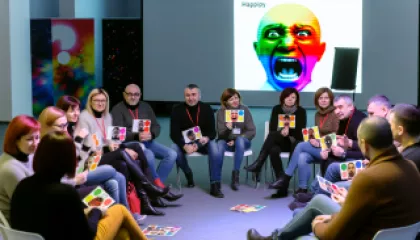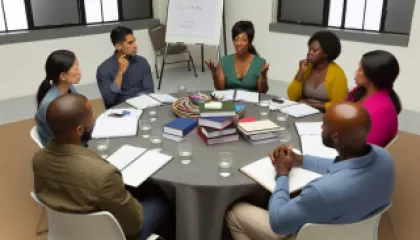Applying Lessons from 'Inside Out' to Understand Cognitive Development
1 year ago
Cognitive Development
The Path to Healing: My Insights on Recovering from Trauma
1 year ago
Recovering from Trauma
5 Effective Steps to Overcome Procrastination
1 year ago
Procrastination Overcome
Mastering the Mindset: My Journey to Embracing Success Psychology
1 year ago
Success Psychology
Exploring the Science of Personal Growth: Key Research Findings
1 year ago
Personal Growth
The Crucial Role of Trust Building in Strengthening Relationships
1 year ago
Trust Building
10 Effective Strategies for Resolving Relationship Conflicts
1 year ago
Navigating Relationship Conflicts
Top 10 Diverse Relationship Types Redefining Love
1 year ago
Relationship Diversity








